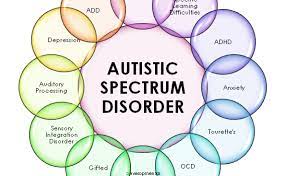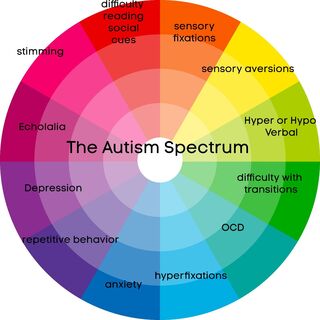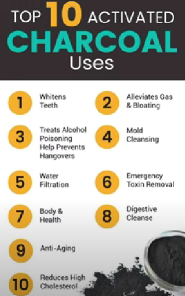Discovering The Regions Of The Brain Responsible For Our Emotions And Behaviours
By Peta-Gaye Forbes-Robinson
The human experience is shaped by an integral part of our senses called emotions or feelings. It helps to design our perceptions, actions, and entire well-being. In the back, regions of the brain unite to give rise to our emotional state. Understanding how they work can help us uncover why we produce behaviors. VerywellHealth declared that emotion is not just generated from one part of our brain but relies on several interwoven networks involving the amygdala, ventral tegmental area, orbitofrontal cortex, and many more, which all serve to appraise external stimuli, generate an initial emotional response, and then regulate that response if needed.
Let us take a look at the Limbic system; this is considered to be the seat of emotions. It is a network of brain structures that produce emotional processing. Within the Limbic system, there are some primary components such as the amygdala, hippocampus, hypothalamus, and so on.

The amygdala is known to be a key player in emotional responses. It detects and processes emotional stimuli, for example, fear and any danger-related information. When the Amygdala is activated, it triggers physiological and behavioral responses, resulting in emotions. It basically tells your hypothalamus to communicate with your autonomic nervous system to start releasing stress hormones responsible for the physiological changes that emerge when you are frightened, or anxious (racing heart, quickening breath, sweating, surging energy, etc.).
Any dysfunction in this region of the brain comes with an influx of emotions, limited emotions, or no emotions. Some people with autism are unable to detect danger or discern between emotions. Some are also unable to manage their emotions. Whether sadness, happiness, loneliness, anger, fear—you name it.
The hippocampus is known to be the memory creator. This also spirals emotions by contextualizing experiences of emotions and connecting them to memories of the past and associations. For example, when my son was 2 years old, he damaged my Samsung Galaxy S4 mobile phone, which was his favorite at the time. I eventually gave it away; he was fuming. Fast track to the present: any situation that caused him to be angry would automatically associate his current situation with his past emotions, causing a whopping effect of emotions. Ever wonder what happens in a counseling session when the client reacts dramatically to a colour or photograph?

Sometimes, the Amygdala hijacks and causes exaggeration, causing small threats like rain, running water, a timer, a whistle, or a bell to become life-threatening situations, triggering a flight or fight response.
Let’s take a quick look at the Hypothalamus. It is involved in the regulation of emotional responses and the autonomic nervous system. This too controls release and blood pressure, which are closely linked to emotional states. Ever wonder why people with autism are overly anxious? Have you ever observed their heart palpitations?
Dysfunction in the areas of the Amygdala, Hippocampus, Hypothalamus, can cause people with autism to suffer from anxieties, unexplained anger, depression, suicidal thoughts, and post-traumatic stress disorder, among many other emotional challenges.
In conclusion, not only people with autism can experience dysfunction in these regions. Brain damage can occur at any point in our lives due to a number of factors, be they environmental, genetic, chemical, and so on. Persons with autism demonstrating conflicting and challenging responses can receive early intervention to modify these behaviors by tailoring simplified and realistic expectations and goals.
Speak to a behavior analyst or psychologist, specifically those who socialize in behaviors, or a neurologist, and take the first step in early intervention.
Also, remember, early intervention begins with fervent intercession; you must pray for your child or children at all times. Until next time, remember that autism is not a death sentence.
__________________________________________
With a degree in Business Administration, Peta-Gaye Forbes-Robinson has always been interested in catering to the needs of persons with disabilities, observing what causes people to behave the way they do, and teaching coping strategies. She has done much work in the field of autism, and can be reached at [email protected].






